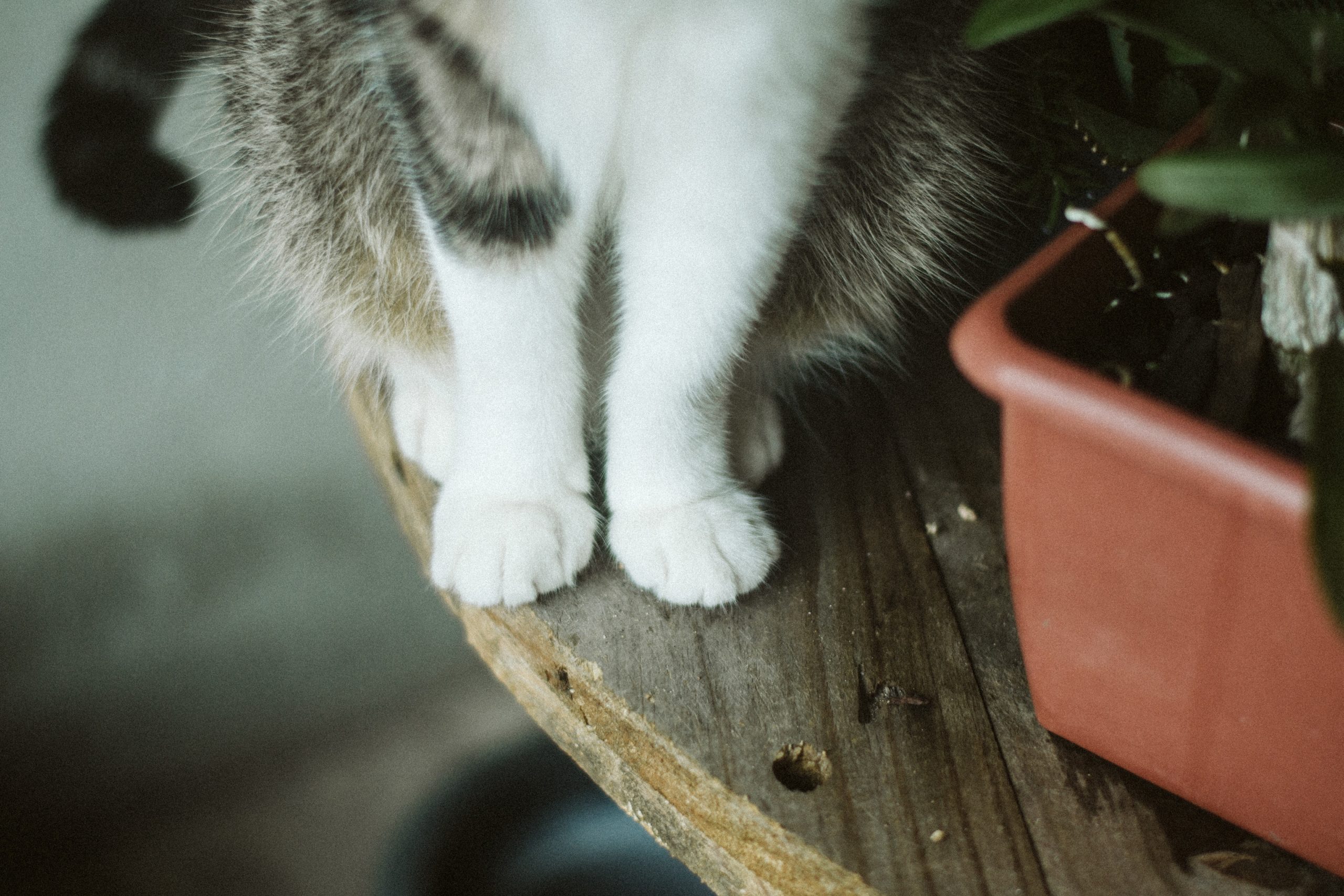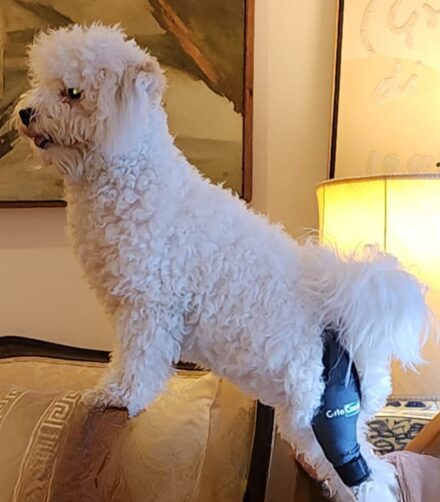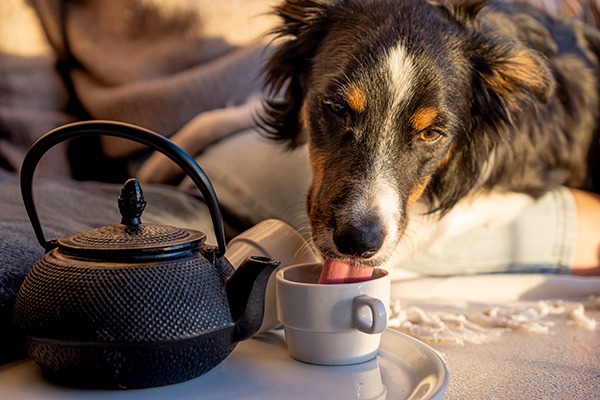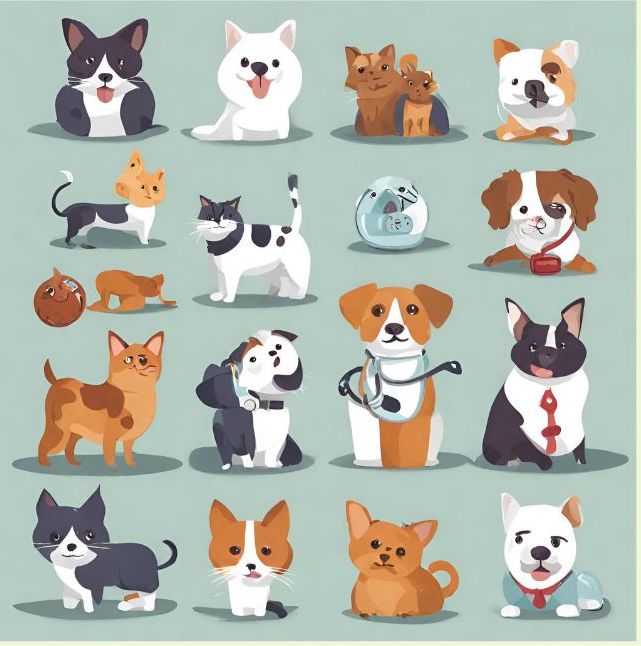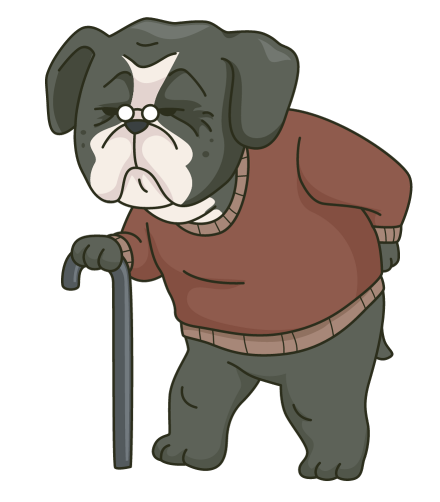Declawing your cat is kind of like removing your finger nails, well part of them. While this sounds extreme it is the truth. Should you declaw your cat? Unless it is a medical requirement avoid the procedure.
Here we touch upon the popular questions cat owners about declawing. As pet household grow their tribe, more cats and dogs are house pets. As human beings change their living environments, it follows suit that our pets must adjust when we bring them into our homes.
Cats and dogs are stoic creatures. They hide pain in most cases to spare us, the over emotional human beings.
There is still debate about the ethics and many veterinarians refuse to declaw a cat. A declaw procedure is performed while the cat is under anaesthesia. Pain medications is administered for a few days after surgery.
natural tree climbers
Photo Credit Peng Louis
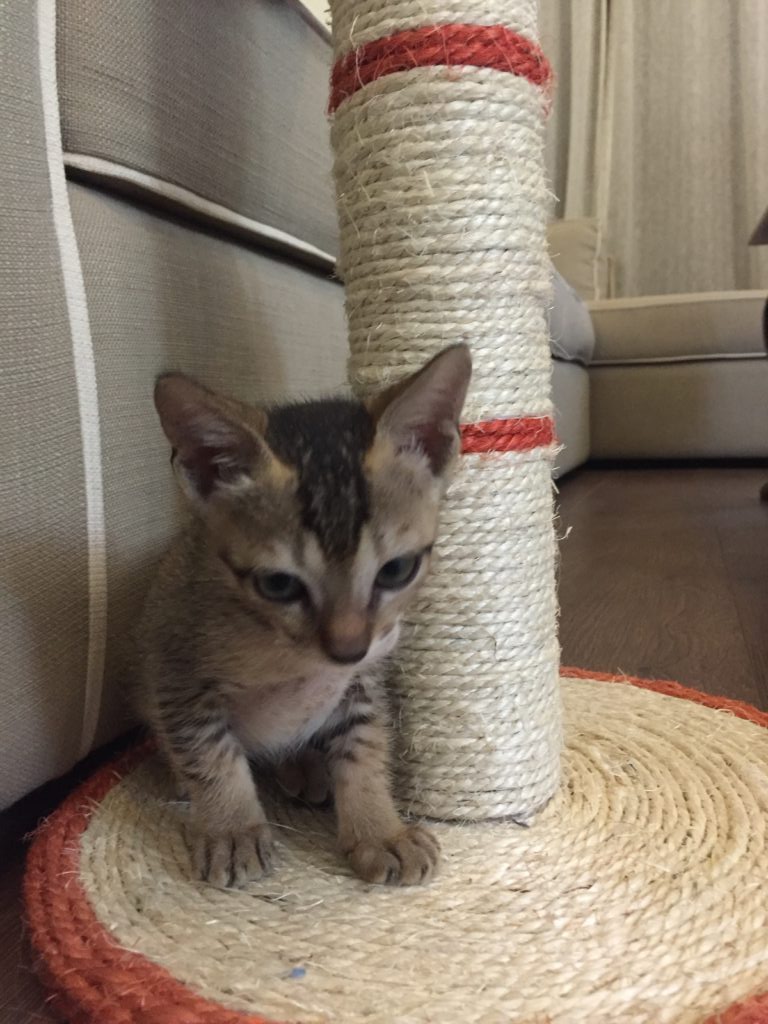
A scratching post does not replace a tree. It is however, a safe and effective method to let your cat fulfil its scratching and climbing instincts.
Did you know?
Claws help a cat while climbing up a tree, not so much on the way down!
As a cat owner, you know cats are sensitive creatures. If you are a multi pet and multi species household you quickly notice the difference ‘independence of you cat’ and the ‘clingy behaviour of your dog’. Cats are often overlooked as pets with emotional needs.
We’re conditioned to believe they are ‘in control’ and do not need us. It’s true a pet cat may not depend on you in the same manner as your pet dogs. The misreading of their needs is our fault. There are many fantastic resources that will help you learn the intricacies of your cats emotional needs.
This may be true to some extent, some researchers believe it would take as little as two breeding generations for cats to return to their wild roots!
Should i declaw my indoor cats? Because they scratch furniture, doors, chairs. This is a cats natural instinct. Wild cats kneed on surfaces to sharpen their claws. Claws for a wild cat are an essential part of their hunting arsenal, to tear prey.
Fluffers demonstrates for us, the structure and placement of a cats paw when walking.
“The forefeet have five toes, while the hind feet have four, carrying strong, curved, pointed retractable claws encased in sheaths from which they can be extruded by a specialised muscle called flexor profundus perforans” (Feline Behaviour and Welfare, A F Fraser)
Here are a few common questions answered
It involves removing your cats claws by a surgical procedure. Essentially it is a mutilation of your cats paw structure.
Domestic cats are cousins of big cats- tigers, lions leopards etc. We’re fascinated by the fact that a mini tiger walks among us! Claws form an essential part of a cats mobility and grooming routine. Simply put, a cats claws correspond to human finger nails.
That’s a question you have to find the answer to, depending on where you live. Countries such as United Kingdom, Australia and much of the European Union have banned declawing cats.
To understand the importance of claws in the anatomy of a cats paws, refer below to the explanation by a cat expert in cat welfare and behaviour. It is not about modifying animals we’ve domesticated to suit our lifestyles and habitats. We should allow them to live as comfortable a life as we can provide in an unnatural setting.
Abstract [Article in Dutch] I de Jonge PMID: 6836550
Those forms of behaviour in which cats use their claws are reviewed. Forms of undesirable use of the claws and possible solutions to this problem are discussed. An inquiry among veterinary practitioners showed that nearly fifty per cent of these practitioners refused to declaw cats on principle. Approximately seventy-five per cent of the veterinarians taking part in the inquiry advocated that the Royal Netherlands Veterinary Association should state its position with regard to declawing. It is concluded by the present author that declawing is unacceptable for ethical and ethological reasons.
Source : de Jonge I. Nagelamputatie bij de kat? [Declawing in cats?]. Tijdschr Diergeneeskd. 1983;108(4):139-144.
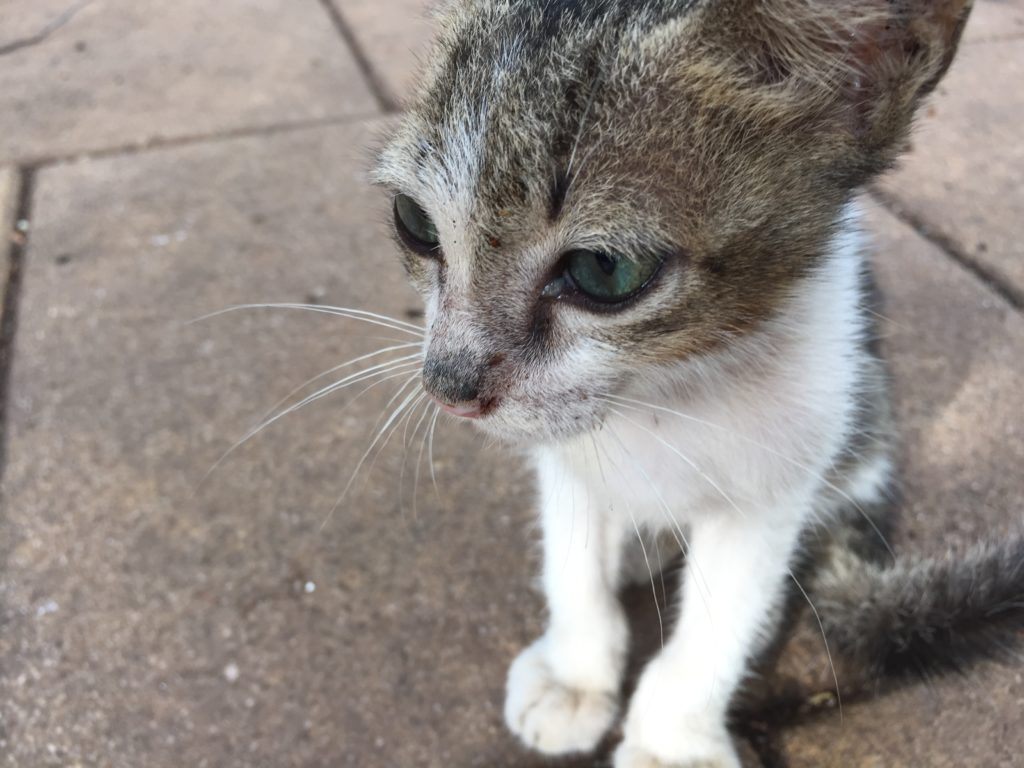
It is vital to attend to your cats emotional needs. Learn the basics of cats behaviour. It helps you understand why behaviours acceptable to your cat are unacceptable to you! What is ‘destructive’ to a human view point is normal feline behaviour. Enrichment of a cats environment by cat carers leads to a reduction of destructive behaviours.
“Well-being in a cat is mainly dependant on its own emotional balance and good routines of care.” (Davidson, 2011) Should you be responsible for the emotional and physical well being of a cat? A cat who is a house pet is completely dependant on you for its basic survival needs.
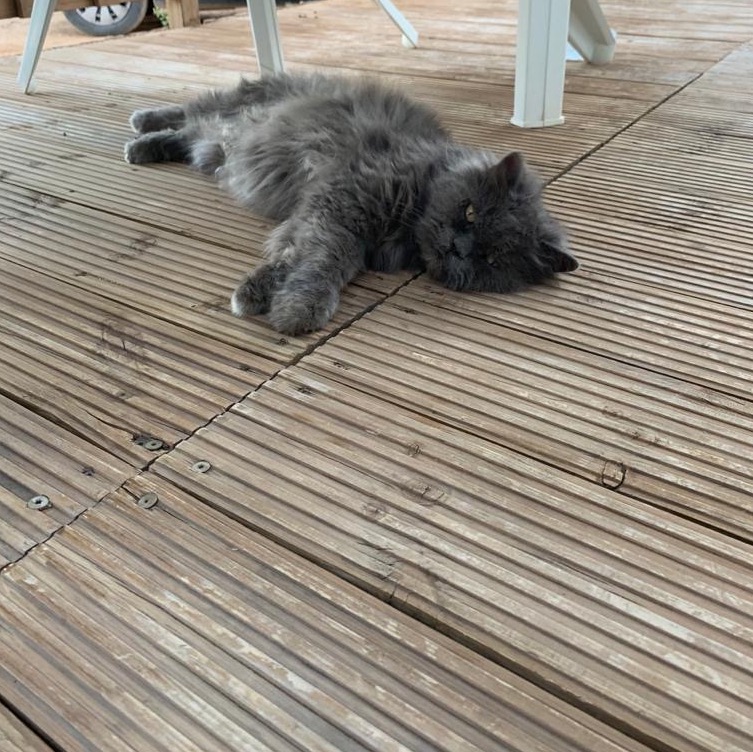
Fluffers is a an easy going guy, he lives a domesticated life on his own terms. His family recognise that Fluffers is happy because he lives life as not just a pet but as a cat.
Fluffers is an indoor- outdoor cat. What does that mean? He’s not exactly a free roaming cat, and he’s not a confined house cat. You may say he has the best of both worlds! As a pet cat, he knows his basic needs are met. As a ‘free roaming cat’ he is able to express some of this natural behaviours and instincts. Yes, he brings home the occasional mouse as a gift, another natural instinct he is free to satisfy. You may say Fluffers is a happy cat, his ‘confined freedom’ gives him the best life his humans can provide.
Safety is every cat owners nightmare. Many a roaming cat is has caused their owners sleepless nights! Only to return triumphant from a mini hunt. If you allow your cat outdoors, even if it is occasional, never declaw them. The claws are vital for defending themselves if they need arises. Claws are essential to help them climb and descend trees.
As always, with medical procedures of such a serious nature consult your vet. We bring you information, none of the above is medical advice. The arguments for and against the practice are still a matter of debate. No matter which side of the debate you are on always refer to your vet.
Sources and references:
- https://pets.webmd.com/cats/guide/declawing-cats-positives-negatives-alternatives#2
- Feline Behaviour and Welfare, A. F. Fraser
- Cover Photo Credit: Alice Castro

